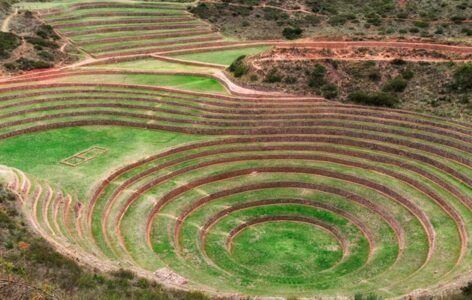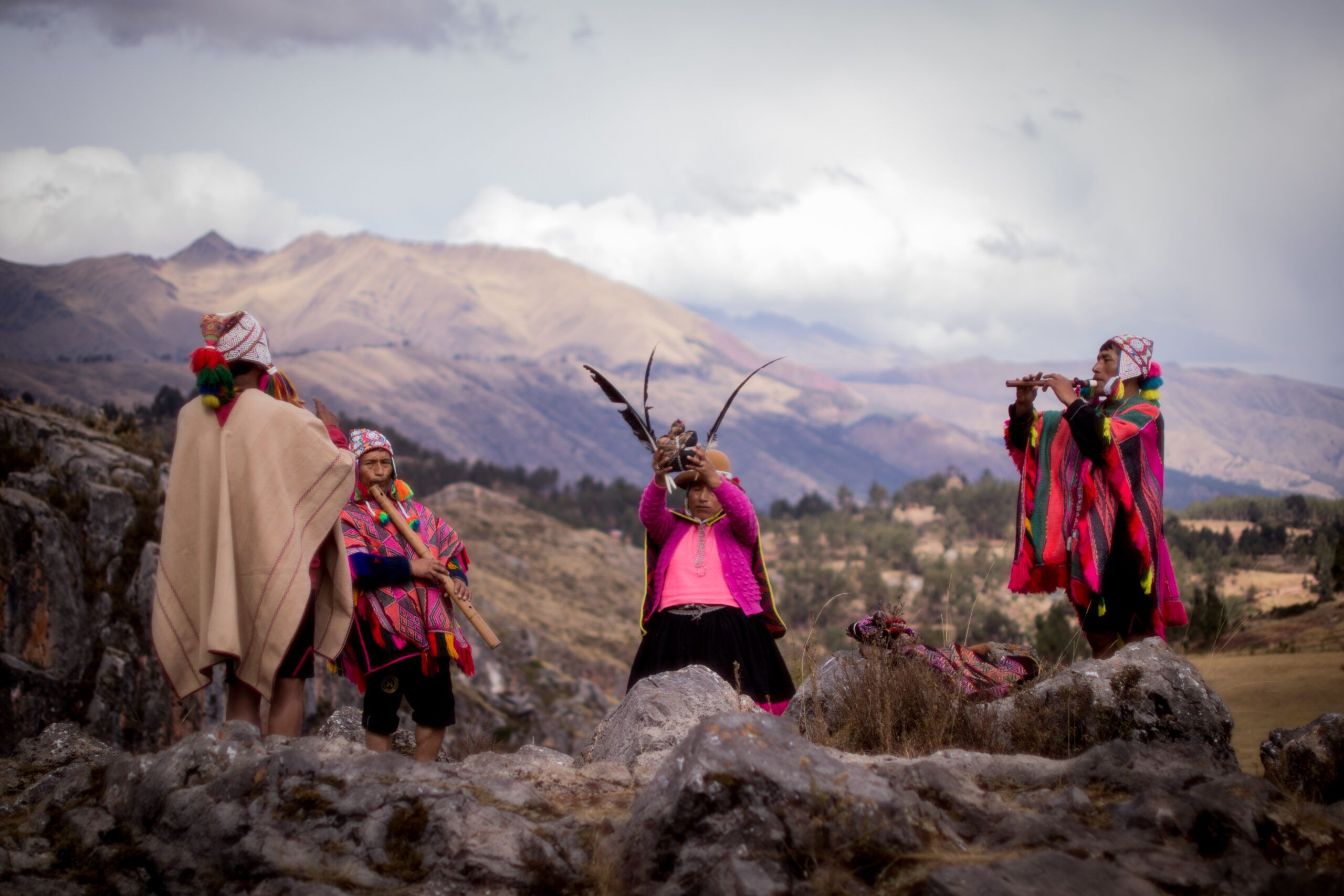The Majestic Condor (Vultur gryphus), one of the largest flying birds in the world, holds profound cultural and spiritual significance in the Andes, particularly in Peru and Cusco.

Revered as a sacred messenger between the earthly and spiritual realms, the condor’s majestic flight has inspired countless myths, rituals, and artistic expressions.
The Majestic Condor: An Ecological and Cultural Icon
1. Ecological Role
The condor is a keystone species in the Andes, acting as a natural scavenger that helps maintain ecological balance by cleaning carcasses and preventing the spread of disease. Despite its critical role, the condor is classified as Near Threatened due to habitat loss, hunting, and poisoning (IUCN Red List, 2020).

2. Spiritual Significance
In Andean cosmology, the condor represents the upper world (Hanan Pacha), the realm of the gods and celestial forces. Alongside the puma (earthly world, Kay Pacha) and the serpent (underworld, Uku Pacha), the condor completes the trilogy of sacred animals in Inca mythology.

“The condor is the messenger of the gods, carrying prayers to the heavens and bringing wisdom back to the people.”
The Majestic Condor in Andean Art and Culture
1. Pre-Columbian Representations
The condor appears in Inca ceramics, textiles, and stone carvings, symbolizing strength, freedom, and divine connection. Notable examples include:
- The Condor of Moray: A natural rock formation in the Sacred Valley resembling a condor in flight.
- Inca ceremonial keros (cups): Often depict condors alongside other sacred animals.
2. Colonial and Contemporary Art
During the colonial period, the condor was reinterpreted in Cusco School paintings, blending Christian and Andean symbolism. Today, it remains a central motif in:
- Textiles: Woven into traditional aguayos (Andean cloths) as a symbol of protection.
- Festivals: The Yawar Fiesta (Blood Festival) in parts of Peru reenacts the struggle between the condor (representing indigenous people) and the bull (symbolizing Spanish oppression).
The Majestic Condor in Modern Peru: Conservation and Cultural Revival

Efforts to protect the condor include:
Ecotourism: Condor-watching tours in Colca Canyon, where visitors witness their impressive wingspan (up to 3.3 meters).
The Condor Huasi Project: A rehabilitation center in Cusco dedicated to rescuing and releasing injured condors.
References
- Dransart, P. (2002). Earth, Water, Fleece, and Fabric: An Ethnography and Archaeology of Andean Camelid Herding. Routledge.
- Flores Ochoa, J. (1994). El Cóndor en la Cultura Andina. Cusco: CBC.



